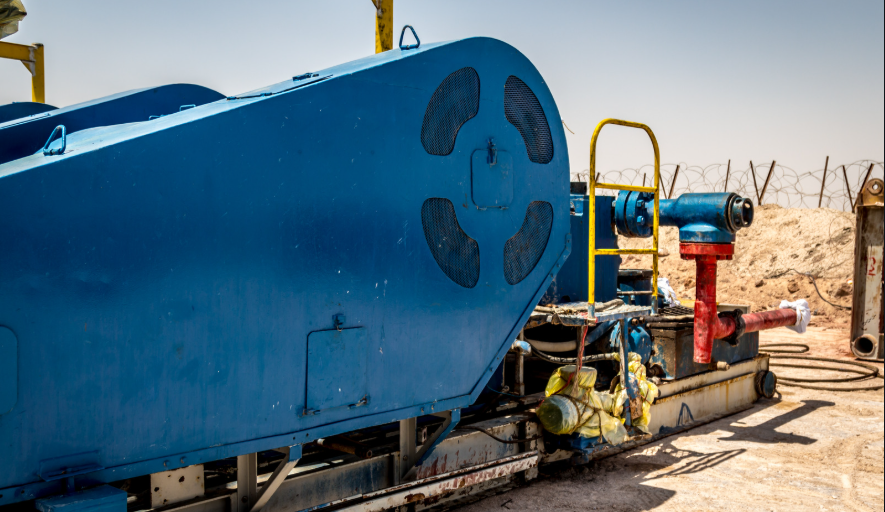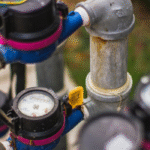Mud pumps are a critical component in drilling operations, especially in the oil and gas, mining, and construction industries. These powerful pumps play a vital role in maintaining efficiency, safety, and productivity during drilling. Understanding what a mud pump is, the types available, and its key advantages can help industries select the right equipment for their needs.
What is a Mud Pump?
A mud pump is a reciprocating piston/plunger pump used to circulate drilling fluid (commonly known as drilling mud) through the drill string and back up the annulus. This fluid plays several essential roles: it cools and lubricates the drill bit, removes cuttings from the borehole, and maintains hydrostatic pressure to prevent formation fluids from entering the wellbore.
Mud pumps are typically used in oilfield drilling rigs but are also essential in water well drilling, geothermal energy, and horizontal directional drilling (HDD) projects.
Types of Mud Pumps
Mud pumps can be classified based on their structure, operation, and application. Here are the main types:
1. Triplex Mud Pumps
- These pumps have three pistons or plungers.
- Known for their high efficiency and steady flow.
- Widely used in modern drilling rigs.
- Compact, less vibration, and energy-efficient.
2. Duplex Mud Pumps
- Feature two pistons or plungers.
- An older design, less commonly used today.
- Slightly less efficient than triplex pumps but still reliable for certain applications.
3. Quintuplex Mud Pumps
- Consist of five pistons or plungers.
- Provide smoother fluid flow and lower pulsation.
- Ideal for large-scale or deep drilling projects.
- More complex and expensive than triplex models.
4. Direct-Drive and Gear-Driven Pumps
- Direct-drive pumps are driven directly by an electric motor or engine, ideal for smaller rigs.
- Gear-driven pumps use a gearbox to control speed and torque, offering better power transmission in heavy-duty applications.
5. Horizontal and Vertical Pumps
- Horizontal pumps are most common due to their ease of maintenance and installation.
- Vertical mud pumps are used where space constraints exist or specific flow dynamics are required.
Check Also:- Mud Pump Supplier in Ahmedabad
Key Advantages of Using a Mud Pump
1. Continuous Circulation of Drilling Fluid
Mud pumps enable consistent flow of drilling fluid, ensuring the wellbore is clean and cool. This prevents equipment overheating and reduces downtime.
2. Maintains Well Pressure
By maintaining the necessary hydrostatic pressure, mud pumps help control formation pressures, preventing blowouts or the intrusion of unwanted fluids.
3. Enhances Drilling Efficiency
Efficient circulation of drilling fluid means better rate of penetration (ROP) and smoother drilling operations, saving time and costs.
4. Supports Deep and Complex Drilling
In deep well projects, Mud Pump Provider in Ahmedabad the power needed to move large volumes of heavy fluid over long distances and high pressures.
5. Improves Equipment Lifespan
By removing cuttings from the well and cooling the drill bit, mud pumps minimize wear and tear on drilling equipment.
6. Customization and Flexibility
Modern mud pumps come with varied configurations and control systems, allowing operators to adapt the pump to different drilling environments.
Read Also:-
- Coolant Pump for Drilling Machines
- Best Pressure Pump Dealers
- Where to Buy Coolant Pumps in Ahmedabad
Conclusion
Mud pumps are indispensable in the world of drilling. From basic water well projects to complex oil and gas explorations, these pumps ensure that operations run smoothly, safely, and efficiently. Understanding the different types of mud pumps and their advantages allows businesses to choose the right equipment tailored to their specific needs.
Whether you’re looking for a high-pressure triplex pump or a durable duplex unit, investing in a reliable mud pump solution can drastically improve your drilling performance and equipment lifespan.



